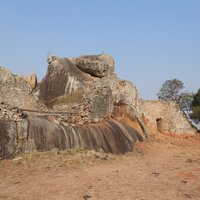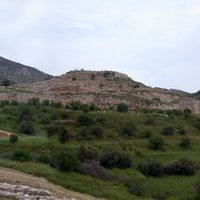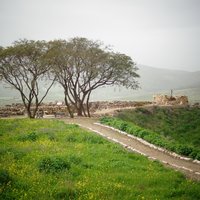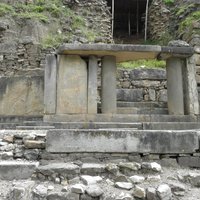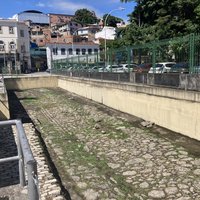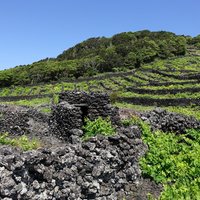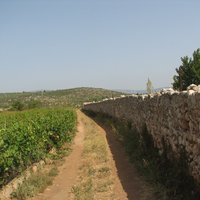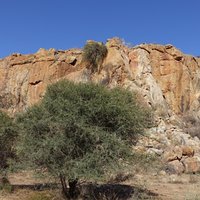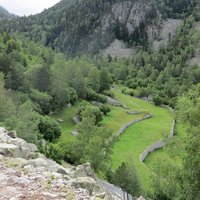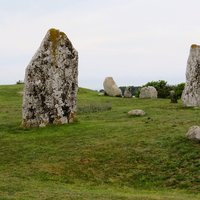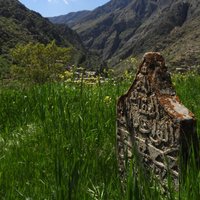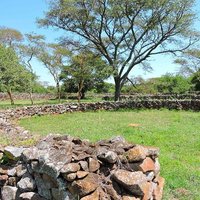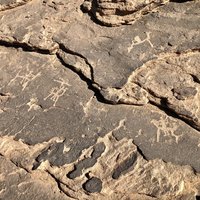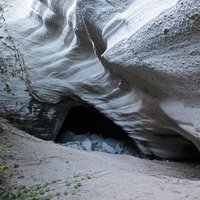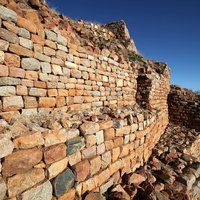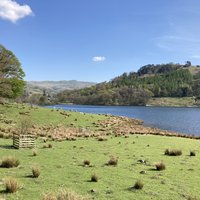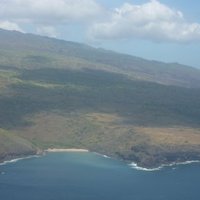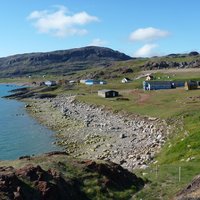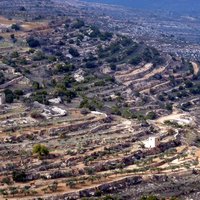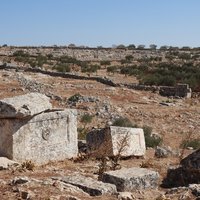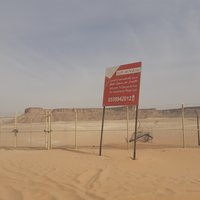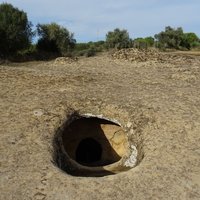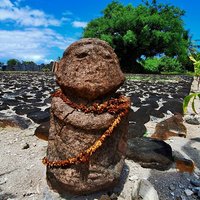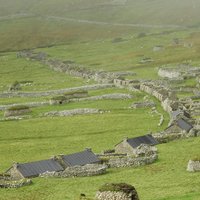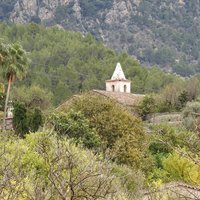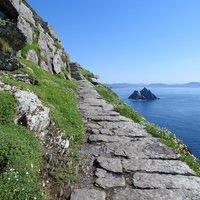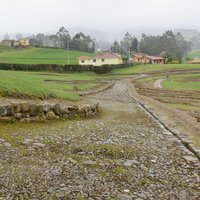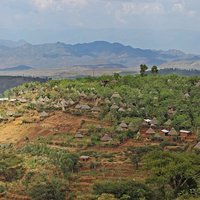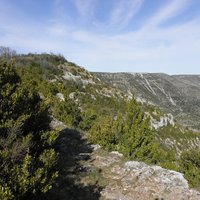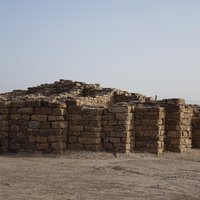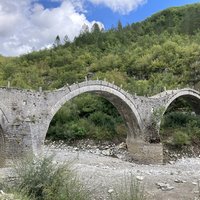Connected Sites
-
"dry stone masonry walls provide insulation for each ensemble" (OUV)
-
-
-
The villages in the Sukur cultural landscape ...have their own characteristic domestic architecture. Among its features are drystone walls, used as social markers and defensive enclosures, sunken animal (principally bull) pens, granaries, and threshing floors (AB ev)
-
-
"..remains of a large building constructed of ornamented masonry in eight layers. At present, these appear as drystone walls with occasional remnants of earth sediments." (AB ev)
-
"This cultural landscape (...) consists of a spectacular network of spaced-out, long volcanic dry stone walls running inland from, and parallel to, the ocean shore." (Talayotic Menorca Nomination file, p. 351)
-
"Stari Grad Plain represents a comprehensive system of land use and agricultural colonisation by the Greeks, in the 4th century BC. Its land organisation system, based on geometrical parcels with dry stone wall boundaries (chora), is exemplary." (OUV)
-
-
Houses in the valley are made out of dry, local 'gathered' granite stone (AB ev)
-
Eketorp Castle
-
-
-
gardening on dry-stone terraces (AB ev)
-
"Thimlich Ohinga archaeological site is a dry-stone walled settlement" (OUV)
-
The intensive traffic of caravans over millennia has resulted in great concentrations of archaeological surface evidence, particularly stone cairns, dry-laid stone tombs and extensive stone arrangements. (nom file p.15)
-
-
"a complex series of platforms of dry-stone walled structures" (OUV)
-
Features such as dry stone walls, for example, are there as a result of sheep farming. (wiki)
-
"The property also includes archaeological sites ranging from monumental dry-stone structures to lithic sculptures and engravings" - UNESCO
-
A number of Norse dry stone ruin structures are present (AB ev)
-
"gates of dry stone walling" (AB ev)
-
Dry-stone terrace walls (AB ev)
-
"The vestiges include dry stone protective walls that bear witness to the agricultural land division systems of the Roman era." (Talayotic Menorca Nomination file, p. 351)
-
"Tapered structures - These structures consist of three dry-stone walls forming an empty triangle as the head, attached to which is a long tail of the dry-stone wall varying in length from one up to seventy metres. (...) More than 552 tapered structures have been recorded within the nominated property." (AB Ev)
-
"Both phenomena (hypogeism and megalithism) resulted in a great number and a variety of examples in the island made using novel construction techniques : (...) not to mention the dry-laid stone construction technique, already found on the island and that has endured to date" (Nomination file, p. 168-170)
-
"The Diy-Gid-Biy Cultural Landscape of the Mandara Mountains is a unique testament to a now-vanished civilisation, which created a remarkable dry-stone architecture, organised into terraces, that is very rare in sub-Saharan Africa." – "The ruins are dry-stone architectural structures (i.e. without mortar) built with stones of various types (granite, basalt, quartz, etc.) taken from their immediate surroundings." (Ab Ev)
-
-
-
From the evaluation document "The most common traditional structure on St. Kilda is the cleit, of which about 1260 have been recorded on Hirta, distributed all over the island, and more than 170 others on the outlying islands and stacs. Cleits are small drystone structures of round-ended rectilinear form, with drystone walls and a roof of slabs covered with earth and turf."
-
Walls, waterworks etc (AB ev)
-
"A clear evolution of dry stone masonry techniques is evident" (OUV)
-
Bach-Cahors section of the Chemin du Puy: One can see the large stone slabs of the Roman road between dry stone walls sometimes incorporating enormous blocks. (Nomination file)
-
Rear wall of the Ahu at Vinapu
-
-
Wailing Wall, Herodian Quarter
-
dry stone walls (AB ev)
-
"Early and Late Type Mounds (...) are regularly-built grave chambers (...). Walls are built with a dry-stone technique and covered by capstones slabs." (AB Ev)
-
farmhouses
-
-
"illustrate the evolution of the island’s dry stone building practices" (AB ev)
-
drystone cobbled pathways and terraces (AB ev)

